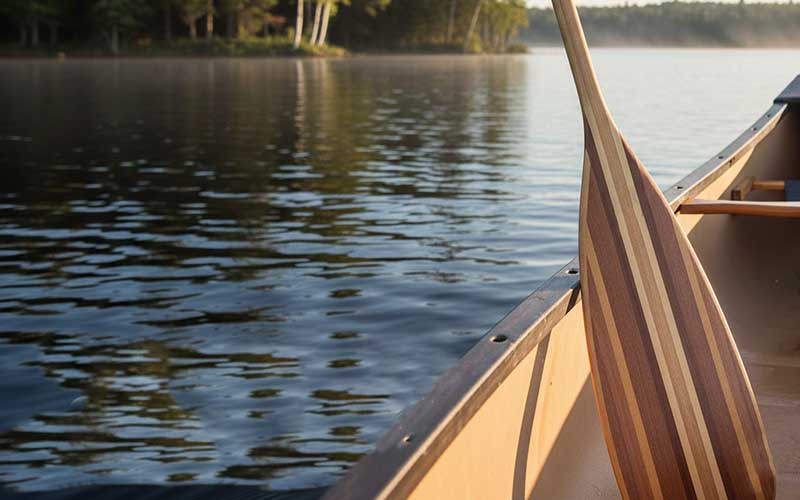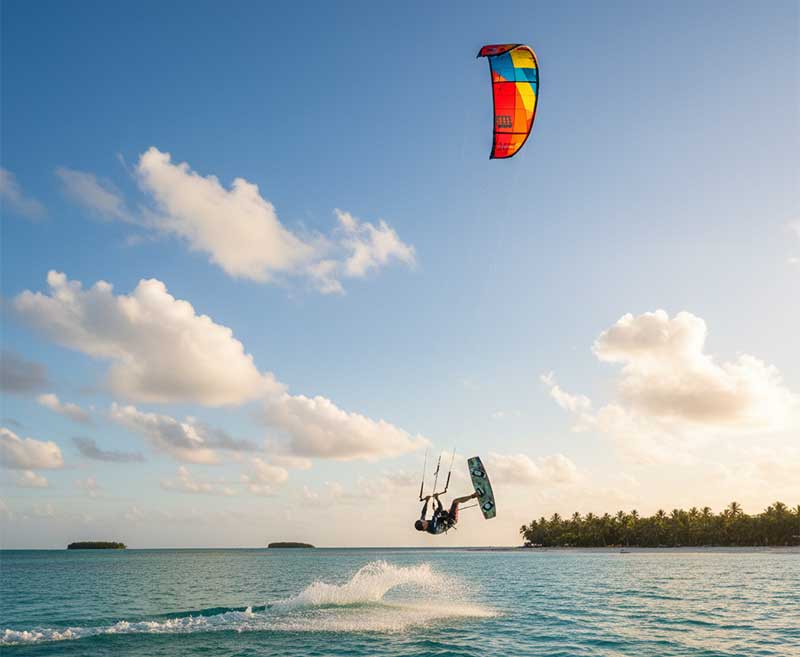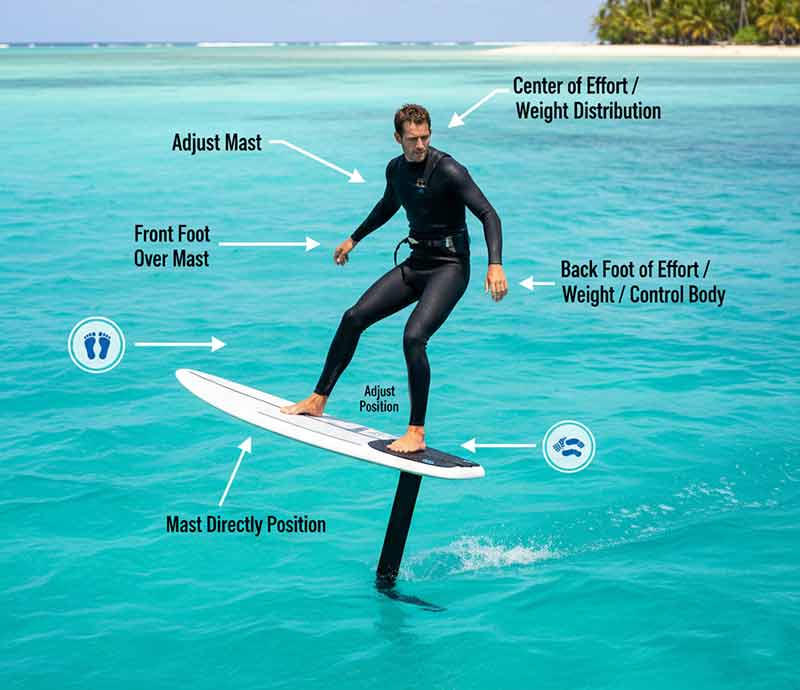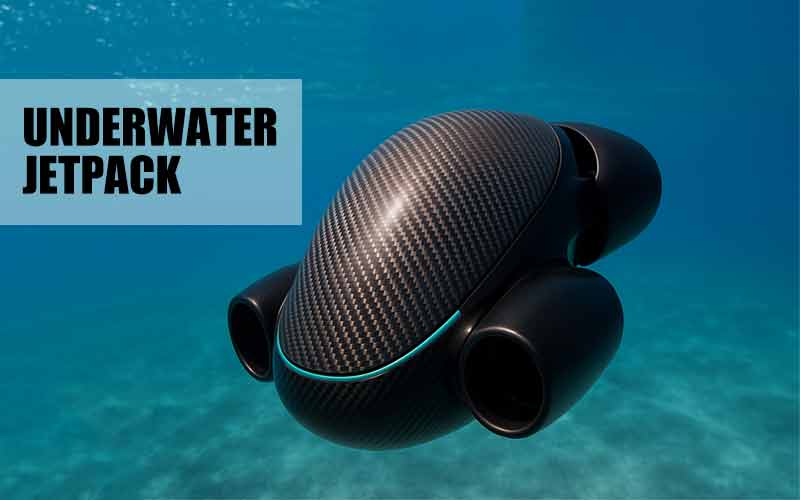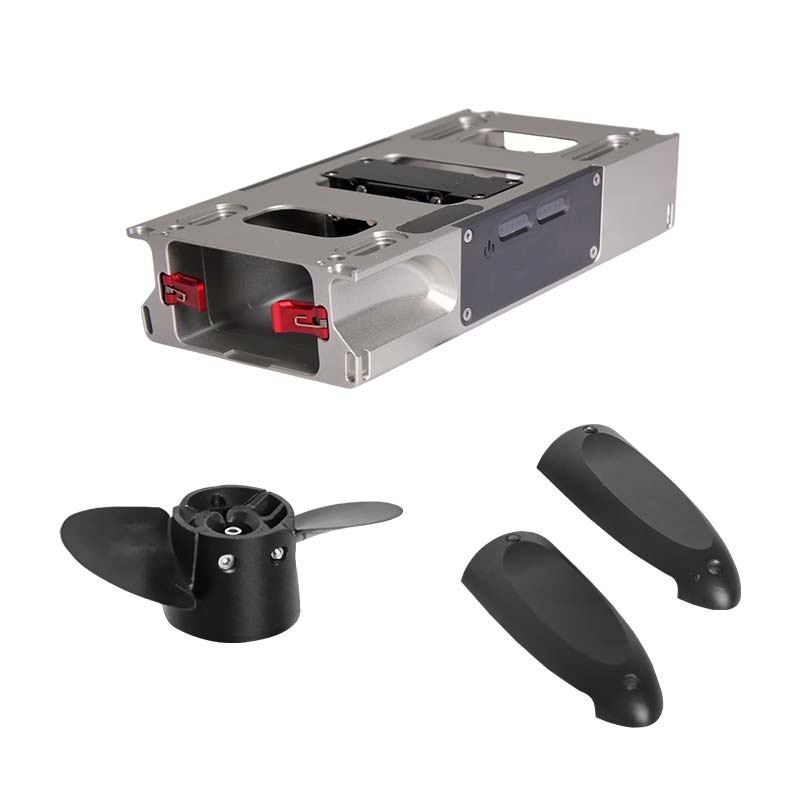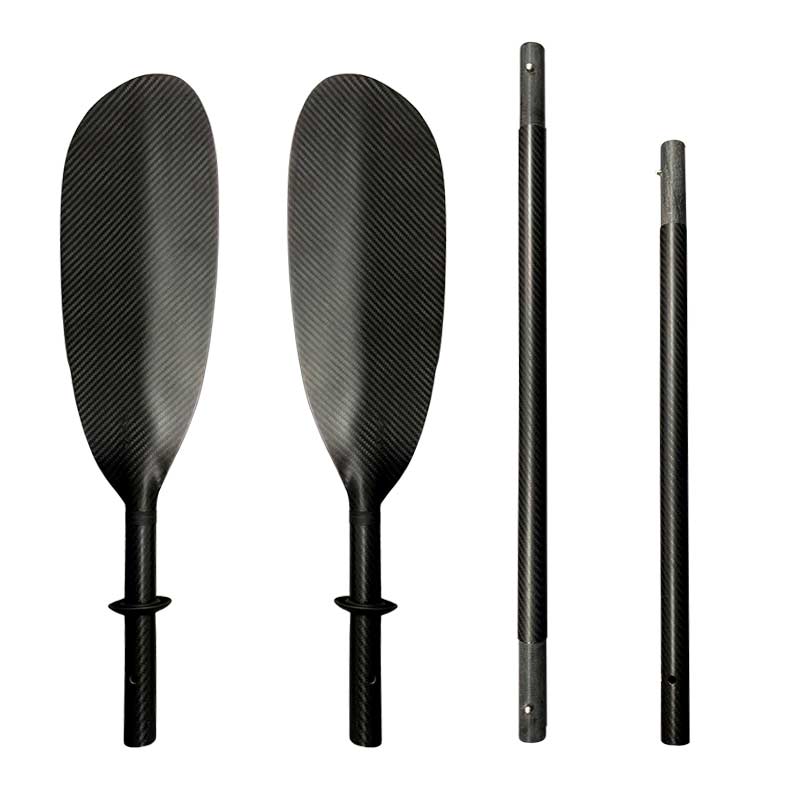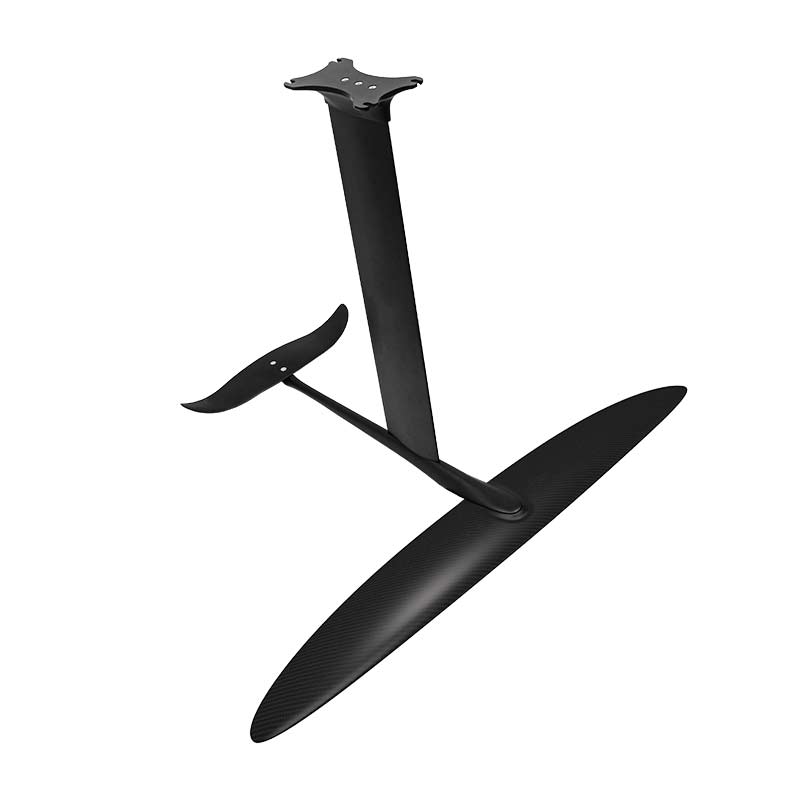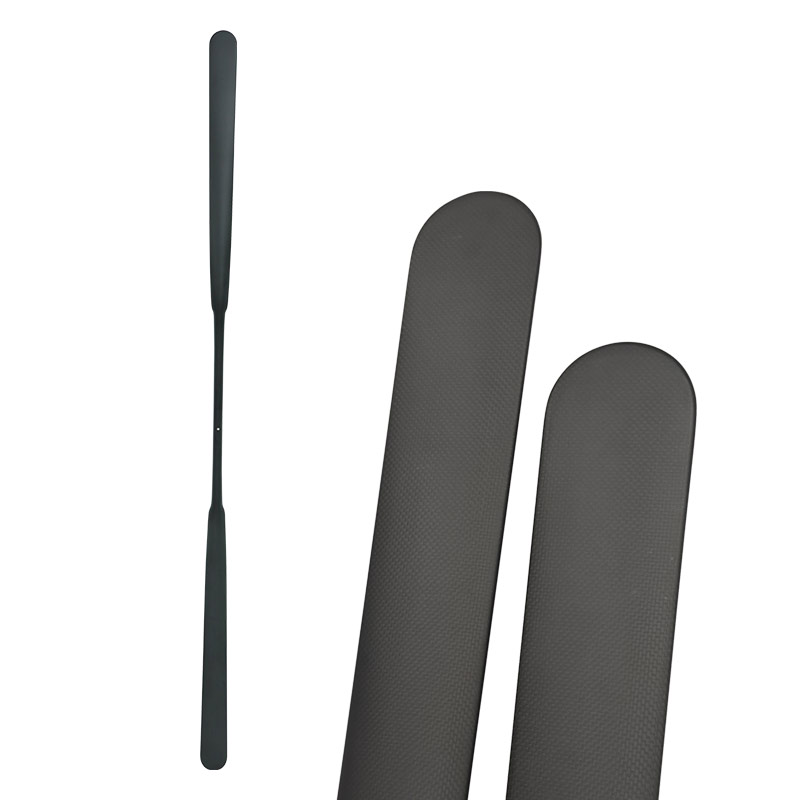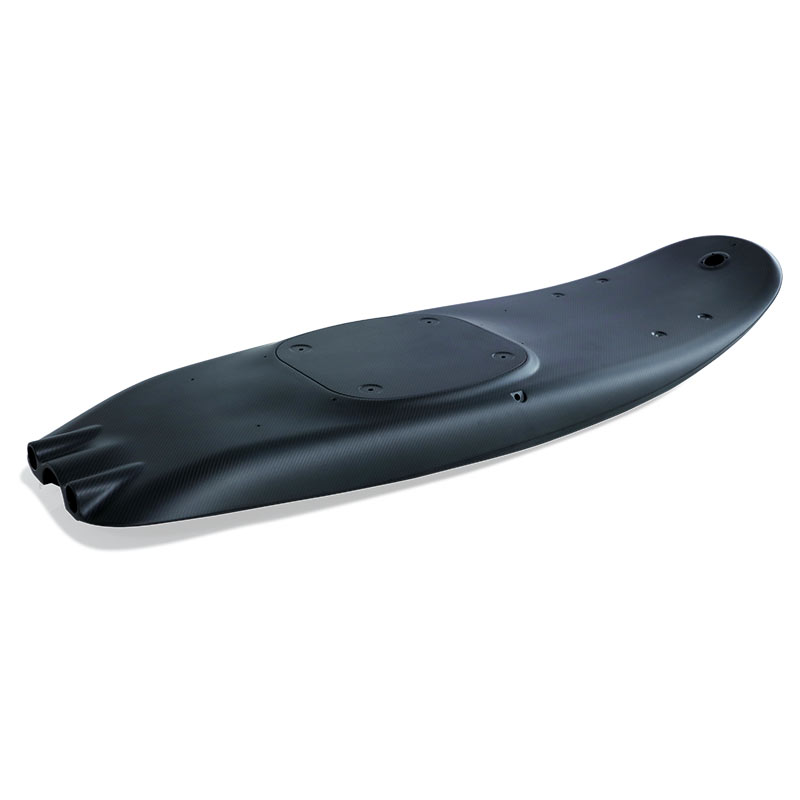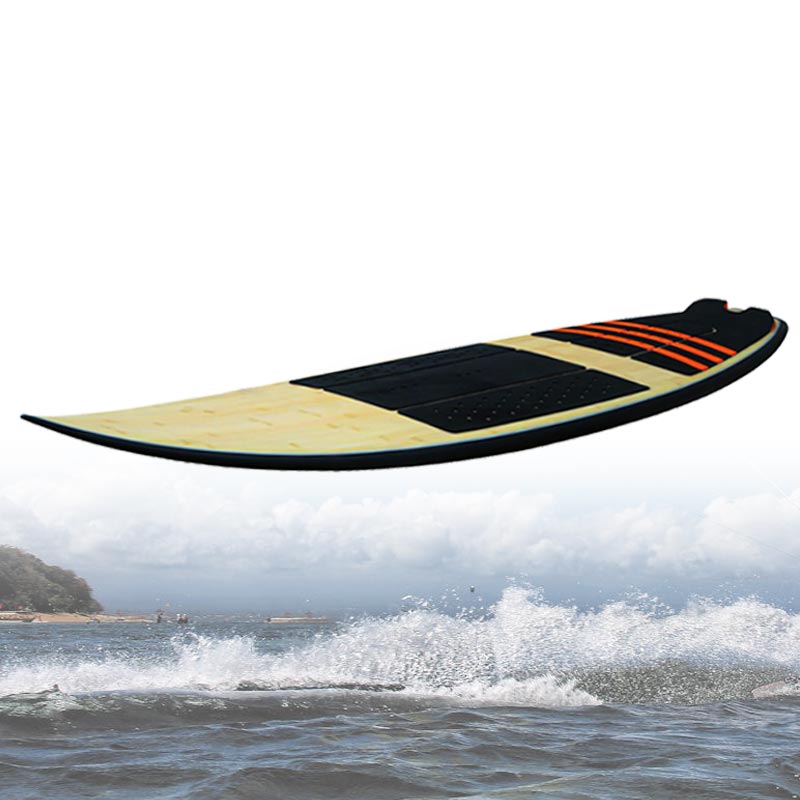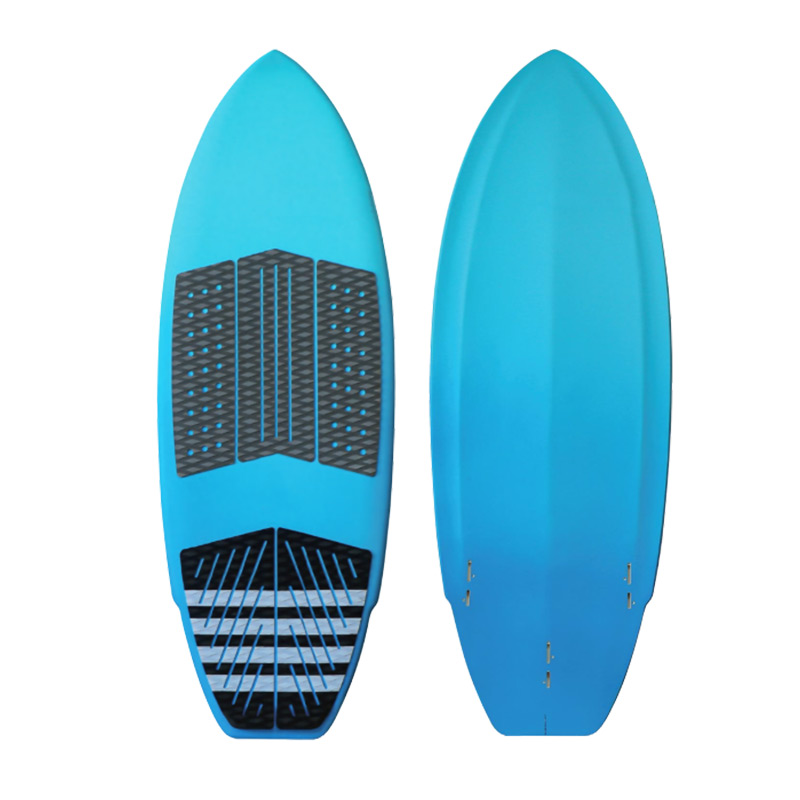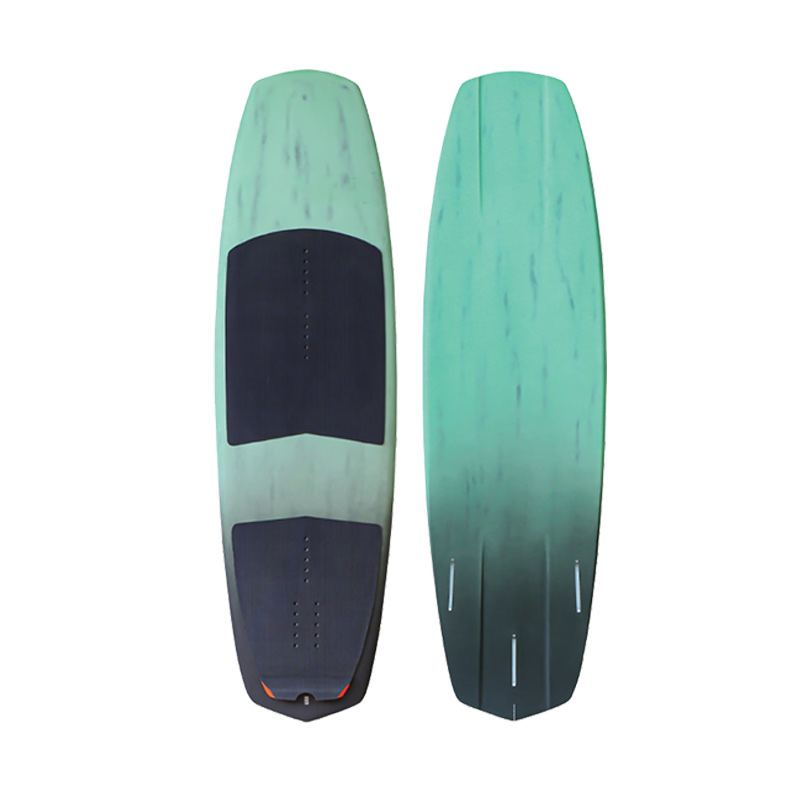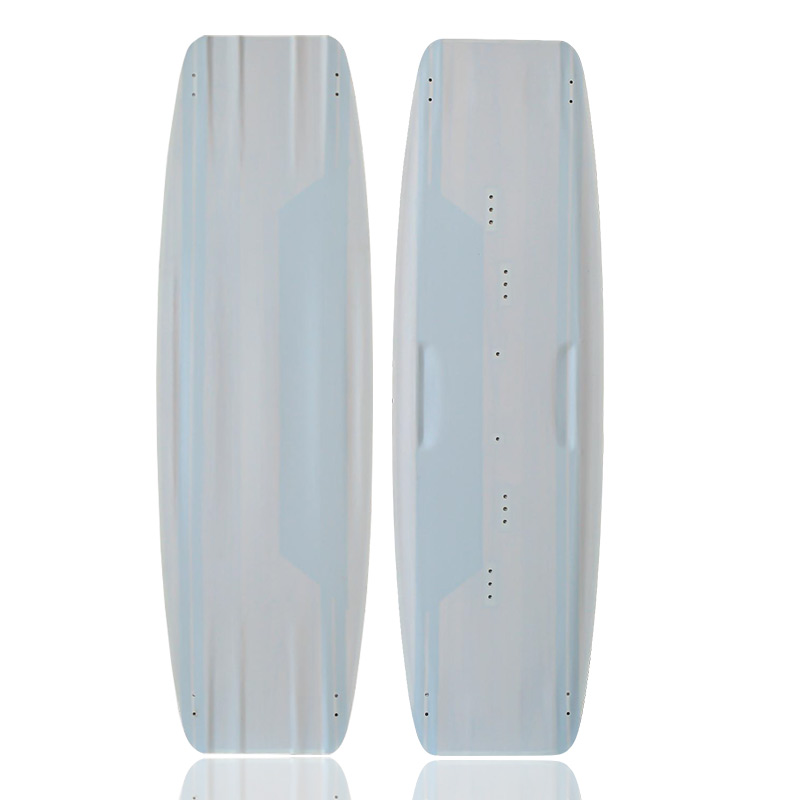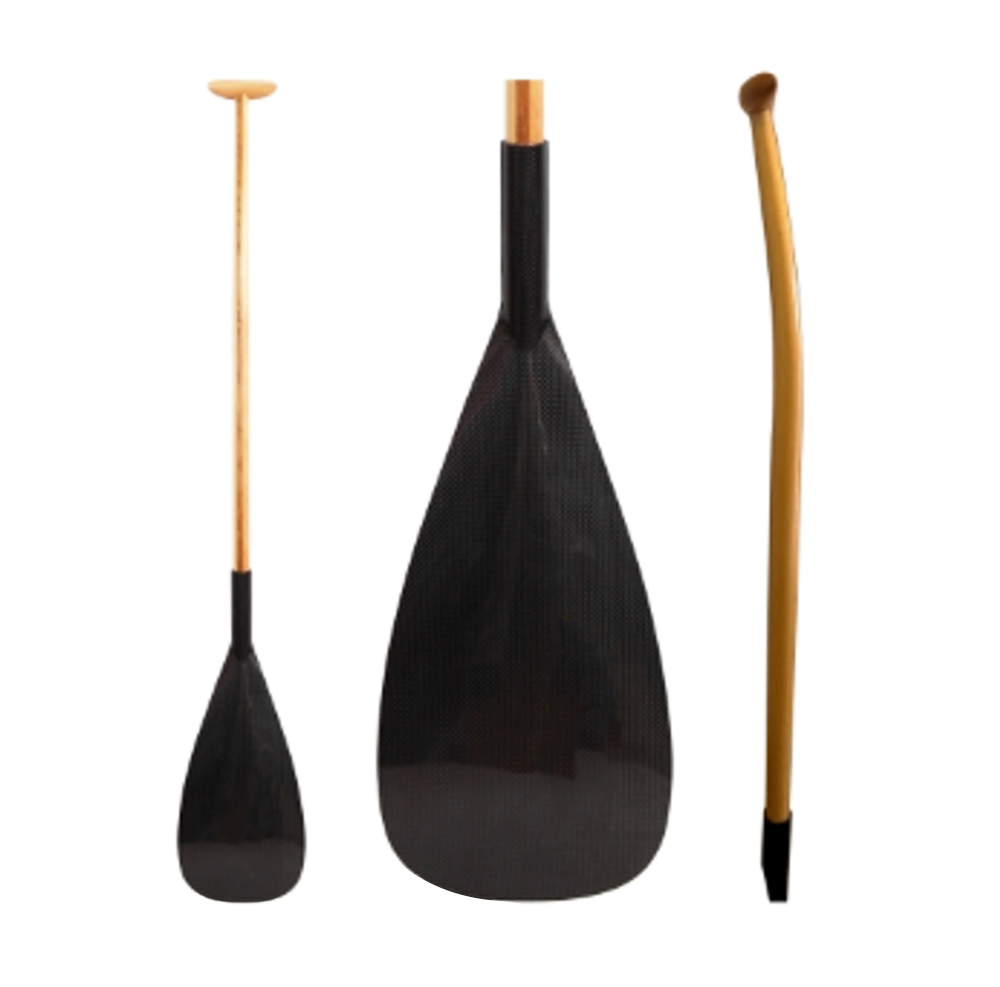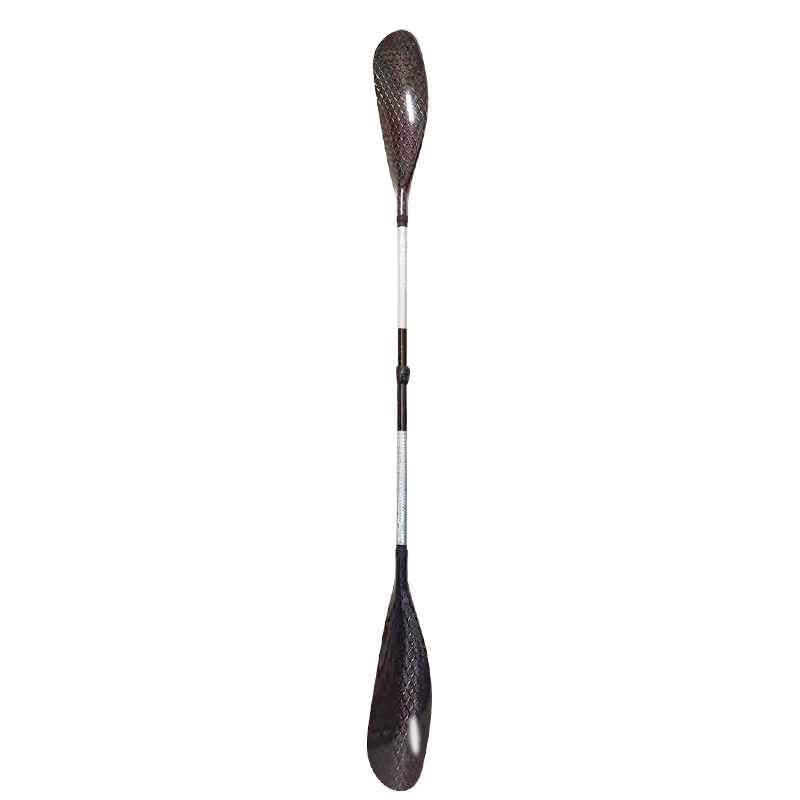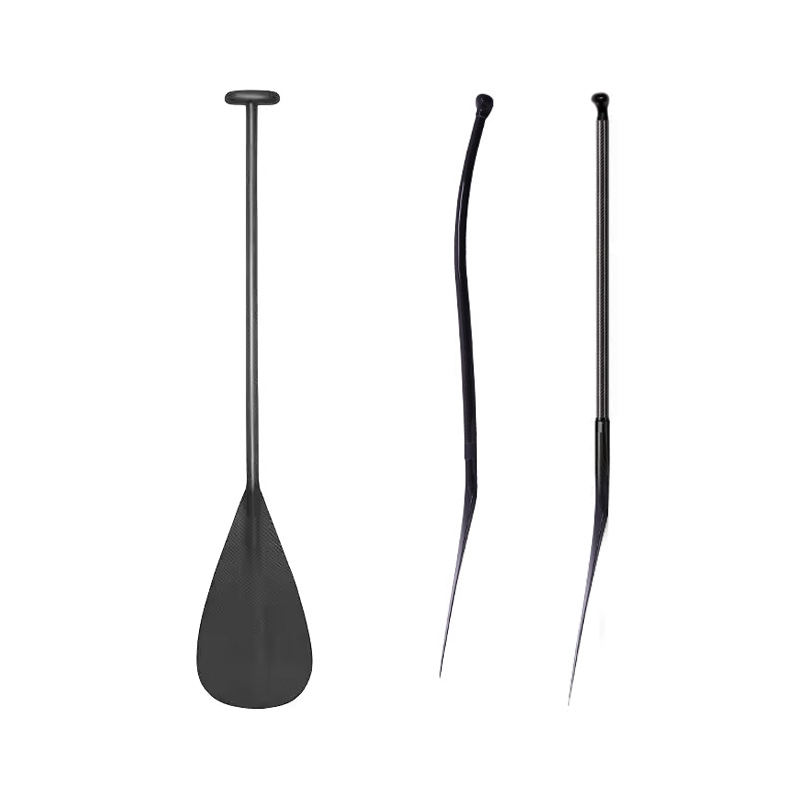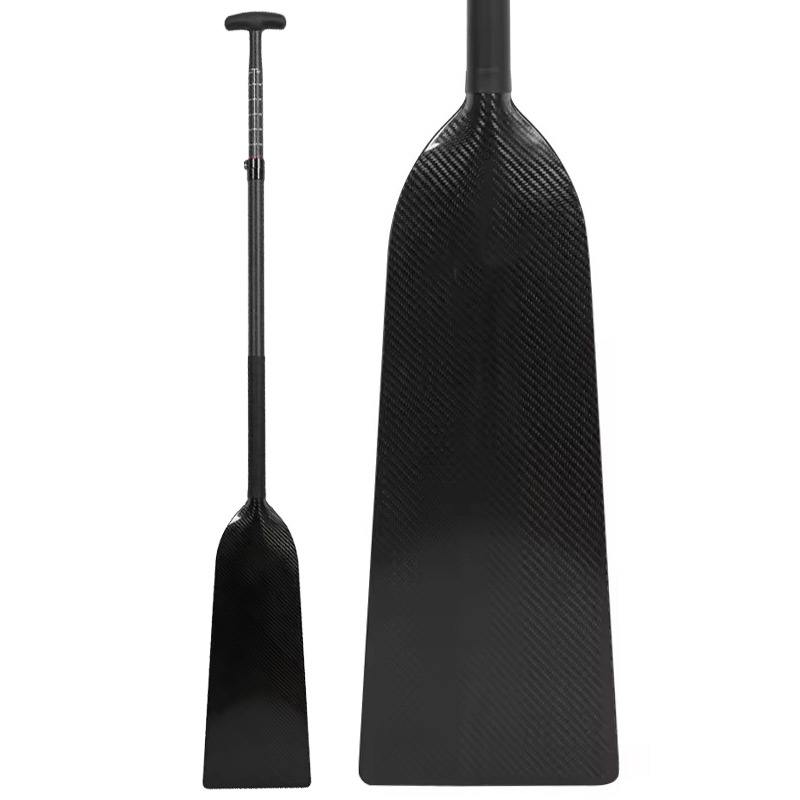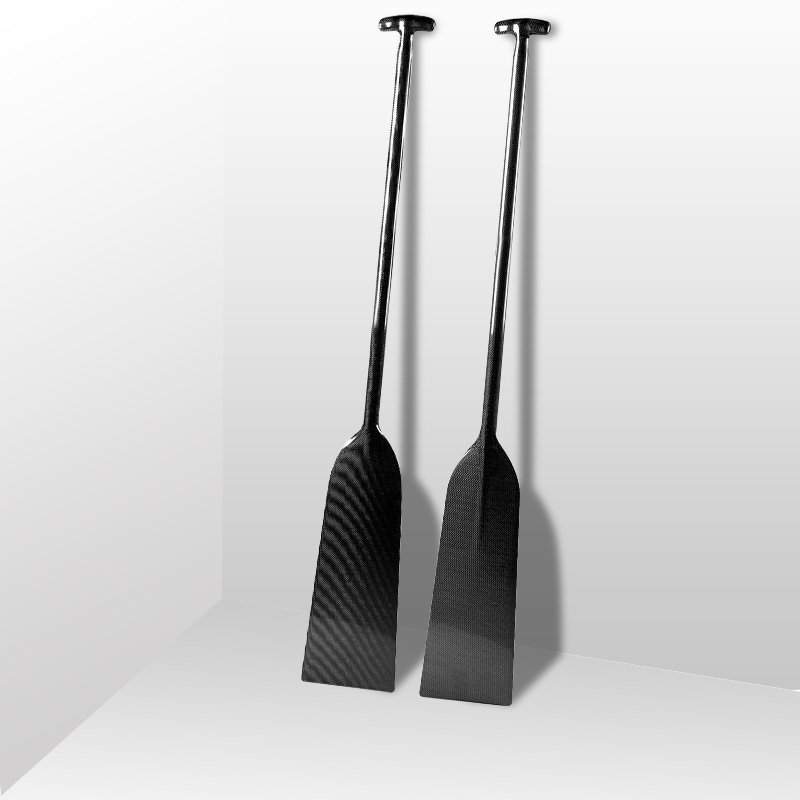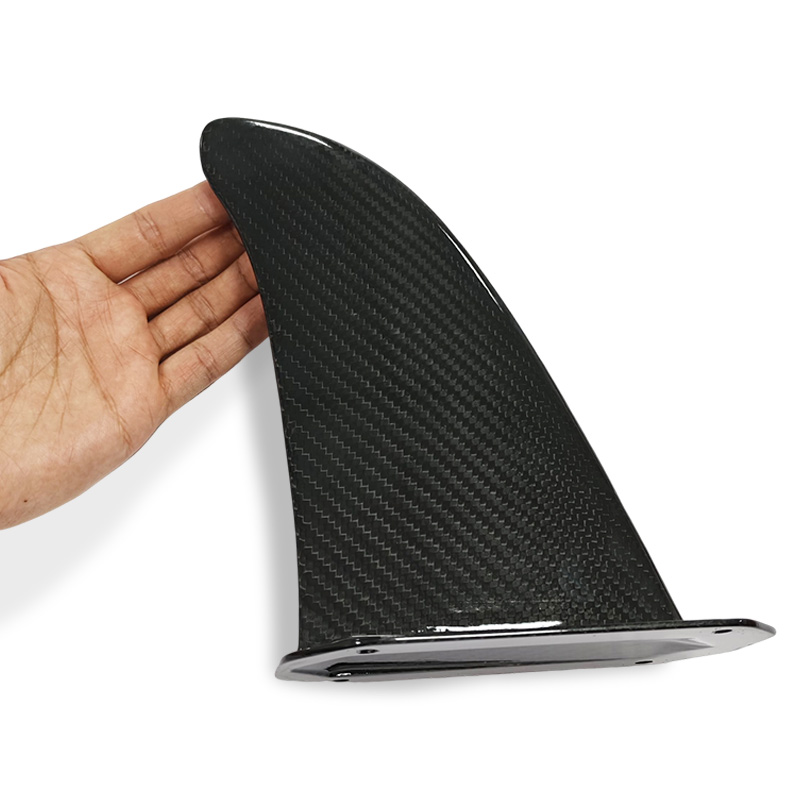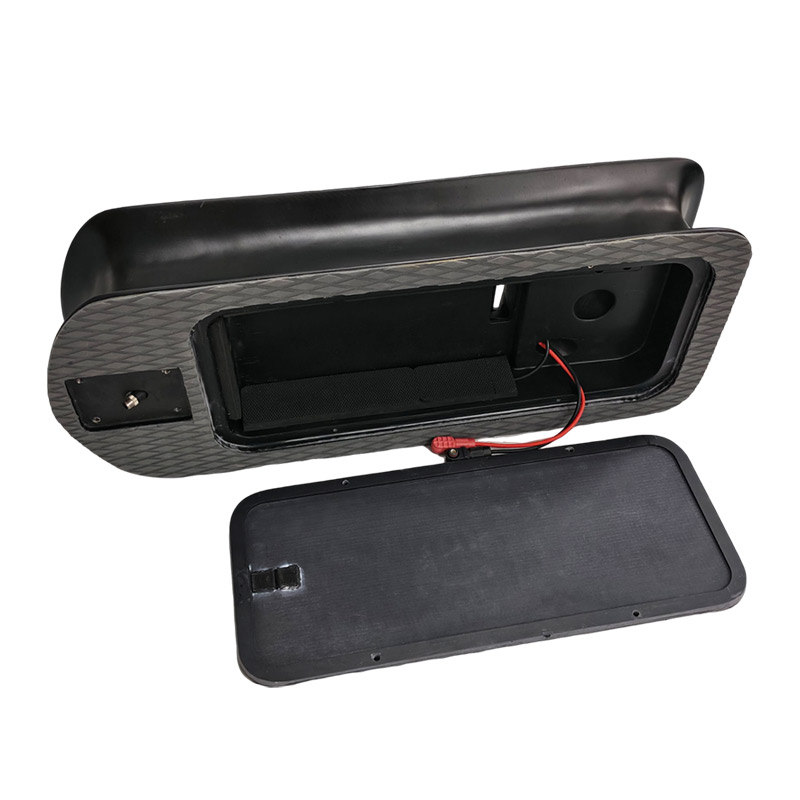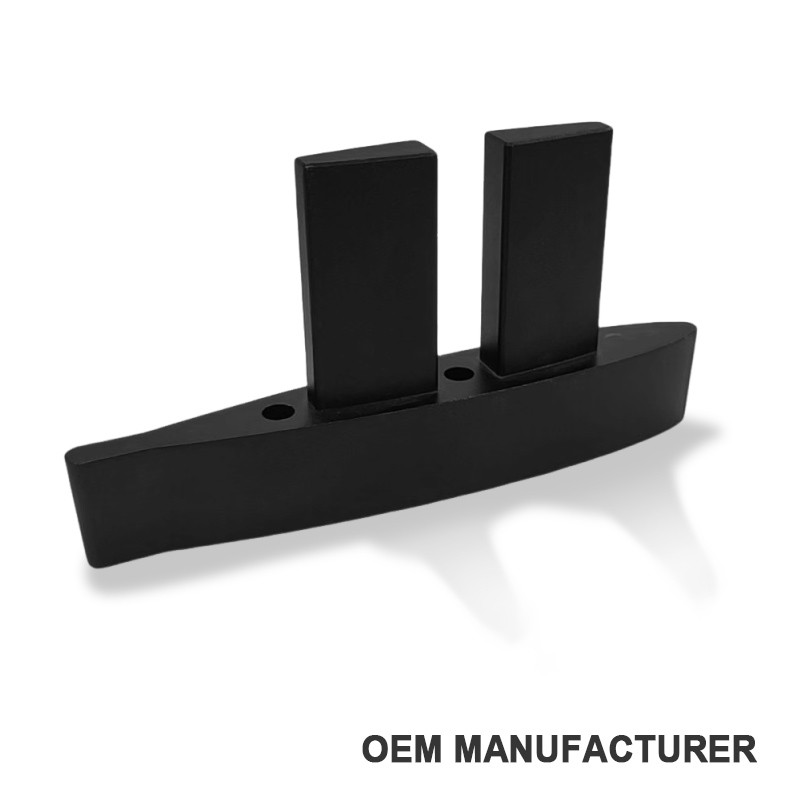Dockstart foiling has emerged as a cornerstone technique in the world of wing foiling and hydrofoiling, allowing enthusiasts to launch into the water without relying on wind or waves. This method involves starting from a dock or similar platform, building momentum, and transitioning onto a foil board to glide effortlessly above the water.
As wing foiling continues to surge in popularity, with the global hydrofoil market projected to reach $1,026.07 million by 2028 at a compound annual growth rate (CAGR) of 3.98%, dockstart foiling stands out for its accessibility and skill-building potential. Whether you’re a beginner looking to enter the sport or an experienced rider aiming to refine your launches, this comprehensive guide covers everything from equipment to advanced techniques, ensuring you can achieve consistent success in dockstart foiling.
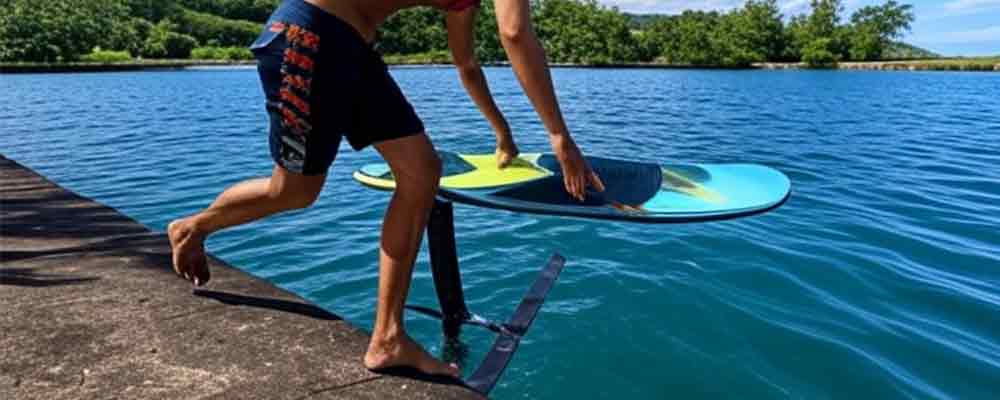
What is Dockstart Foiling?
Dockstart foiling refers to a launching technique where riders use a dock, pier, or floating platform to gain initial speed before mounting a foil board. Unlike traditional wing foiling starts that depend on wind-powered propulsion, dockstart foiling emphasizes body mechanics, balance, and pumping to generate lift and speed independently. This approach is particularly valuable in calm waters or areas with limited wind, making it a versatile entry point into foiling sports.
The technique has gained traction due to its role in developing core foiling skills like pumping and balance control. According to industry insights, wing foiling’s explosive growth—driven by its low entry barriers and minimal environmental impact—has led to increased adoption of dockstart methods as a foundational practice. Riders propel themselves by running along the dock while holding the board, then step onto it to initiate flight. This not only builds confidence but also enhances overall performance in related disciplines like surf foiling and pump foiling.
Benefits of Learning Dockstart Foiling
Mastering dockstart foiling offers numerous advantages that extend beyond the immediate thrill of gliding on water. One primary benefit is improved stability and energy transfer, which minimizes energy loss during takeoff and ensures consistent lift. This technique allows riders to maintain control over the board’s path, even in challenging conditions like wind or currents, leading to quicker progression.
From a fitness perspective, dockstart foiling engages the entire body, promoting core strength, balance, and cardiovascular endurance. It’s also an excellent way to practice pumping without external aids, fostering independence in foiling. Market data highlights the sport’s appeal: the windsurf foil board market is expected to grow from $202.8 million in 2025 to $329.9 million by 2032, with a CAGR of 7.2%, underscoring the rising demand for foiling activities that are accessible year-round.
Safety is another key benefit; by starting from a controlled platform, riders reduce the risk of wipeouts in open water. Additionally, it democratizes the sport, making it feasible for those in landlocked areas or with variable weather. Enthusiasts report enhanced mental focus and reduced fear of falling, as the method demystifies foiling dynamics through gradual practice.
Essential Equipment for Dockstart Foiling
Selecting the right gear is crucial for success in dockstart foiling. Beginners should prioritize setups that provide ample lift and stability to ease the learning curve.
- Foil Wings: Opt for larger wings with spans between 130 and 170 cm and surface areas from 1,700 to over 2,100 square cm. These high-aspect wings generate lift at low speeds, ideal for initial attempts. Smaller wings, like those around 1,100 cm span and 1,360 square cm area, are better for advanced riders but not recommended for learning due to their reduced forgiveness.
- Boards: Compact boards around 80-83 cm in length offer the best balance of maneuverability and stability. Avoid overly buoyant boards (e.g., 35-40L for prone starts) as they can complicate pumping; instead, choose dedicated dockstart boards that are also suitable for kite foiling.
- Masts: A 70-75 cm mast is perfect for beginners, providing sufficient height for lift without overwhelming control challenges. Taller masts can be explored later for advanced pumping.
- Additional Gear: Use inflatable aids like dock starters for extra buoyancy during practice. Ensure the dock is low and floating if possible, allowing the wing to pass underneath to minimize jumps and reduce equipment damage risk.
Authoritative sources emphasize that proper equipment selection can accelerate learning by up to 50%, based on community feedback from foiling forums. Always check for durable materials to withstand repeated impacts.

The Gold Standard Technique: Hands-On Approach
The most effective method for dockstart foiling, often called the gold standard, involves keeping your hands on the board throughout the launch. This provides unparalleled stability, preventing the board from veering due to external factors like wind or currents. It also maximizes energy transfer at takeoff, converting momentum into speed and lift efficiently.
Compared to “naked” or jumping starts—where riders release the board and leap on—it reduces random foot placements and uneven stances. Jumping with the back foot first can act like braking, hindering progress. Hands-on starts are particularly advantageous on low or floating docks, where energy transfer might be suboptimal otherwise. This technique suits most riders, enabling quick success after just a few sessions, as evidenced by tutorial analyses showing higher success rates
Step-by-Step Tutorial for Beginners
Follow this structured progression to build skills gradually in dockstart foiling.
- Preparation and Walking Phase: Begin by positioning the wing under the dock for safety. Hold the board with both hands on the rails. Walk along the dock, pushing the foil slightly to create initial lift. This helps you get comfortable moving with the board while maintaining control.
- Running and Momentum Building: Transition to a run, keeping your upper body over the board to distribute weight. Balance pressure between front and back hands to keep the mast at optimal height—press back to lift, front to lower. Aim for toes pointed forward and head facing straight to ensure a linear path.
- Mounting the Board: At the dock’s end, place your back foot first, followed by the front foot, while keeping hands on the rails. For initial trials, maintain hand contact until the board touches water, focusing on balance without gliding.
- Gliding Practice: Once comfortable, release hands after foot placement and glide straight until speed diminishes. Prioritize straight-line travel to avoid turns that cause speed loss and imbalance.
- Incorporating Pumping: After mastering gliding, introduce pumping by lowering the board with front foot pressure for acceleration, then pushing with the back foot to regain height. Cycle this motion rhythmically.
Practice in sessions of 10-15 attempts, gradually increasing complexity. Data from foiling guides indicates that riders following this sequence achieve independent starts in 5-10 hours of practice
Common Mistakes and How to Avoid Them
Beginners often encounter pitfalls that can stall progress in dockstart foiling.
- Pumping Too Quickly: Rapid movements don’t allow the foil to respond, especially with beginner setups designed for forgiveness. Solution: Start slow, focusing on deliberate leg extensions.
- Leaning Too Far Back: This causes excessive lift and backward falls. Avoid by centering weight and using both feet evenly.
- Using Only the Back Foot: Over-relying on the back foot brakes the foil. Counter by emphasizing front foot pressure to generate speed.
- Poor Directionality: Turning stems from looking down or twisted shoulders. Fix by keeping eyes forward and toes parallel.
- Stubborn Technique Adherence: Sticking to ineffective methods delays success. Adapt by observing optimal starts at your spot and following proven hands-on approaches.
Addressing these can reduce failure rates by 70%, per expert tutorials
Mastering Pumping in Dockstart Foiling
Pumping is the engine of sustained flight in dockstart foiling. Begin by lowering slightly upon mounting, pushing with the back foot for initial rise, then pressing the front foot to descend and accelerate. Repeat this cycle, avoiding multiple back-foot kicks that disrupt flow.
For efficiency, bend knees on descent and extend on ascent, creating a wave-like motion. Beginner foils respond best to moderate rhythms, allowing speed buildup over distance. Advanced pumping can maintain flight indefinitely, but start with short bursts of 5-10 pumps.
Studies on foiling dynamics show that effective pumping increases glide distance by 200-300% compared to gliding alone. Practice on land with a board on soft surfaces to build muscle memory.

Advanced Variations: Dead Starts and More
Once basics are solid, explore dead starts for spots without running room. Position the board behind, then thrust forward with full body commitment, placing the back foot first while keeping the front hand down to prevent tipping. The final dock push with the front foot provides extra momentum.
For high docks, prioritize front-foot-first jumps to maximize acceleration. In small water patches, combine with hand-held level maintenance to avoid dipping. These variations enable launching smaller wings (800-1,000 square cm) with running starts, expanding spot versatility.
Community data reveals that mastering dead starts boosts overall foiling adaptability by 40%
Safety Tips and Precautions
Safety is paramount in dockstart foiling. Always use deep water to avoid foil strikes, and wear protective gear like helmets and impact vests. Start on low, floating docks to minimize injury risk from falls.
Psychological barriers often hinder progress; combat them with home practice simulations. Ensure equipment is inspected for damage, and avoid solo sessions in unfamiliar areas. If struggling, remember it’s accessible to all ages and fitness levels—market growth reflects inclusivity, with wingboards sales projected to hit $526 million by 2032.
In conclusion, dockstart foiling is a transformative skill that unlocks endless possibilities in foiling sports. By following this guide’s structured approach, you’ll not only achieve reliable starts but also contribute to the sport’s vibrant growth. Dive in, practice consistently, and experience the freedom of flight on water. If you want to customize a hydrofoil for dockstart, welcome to contact us.

